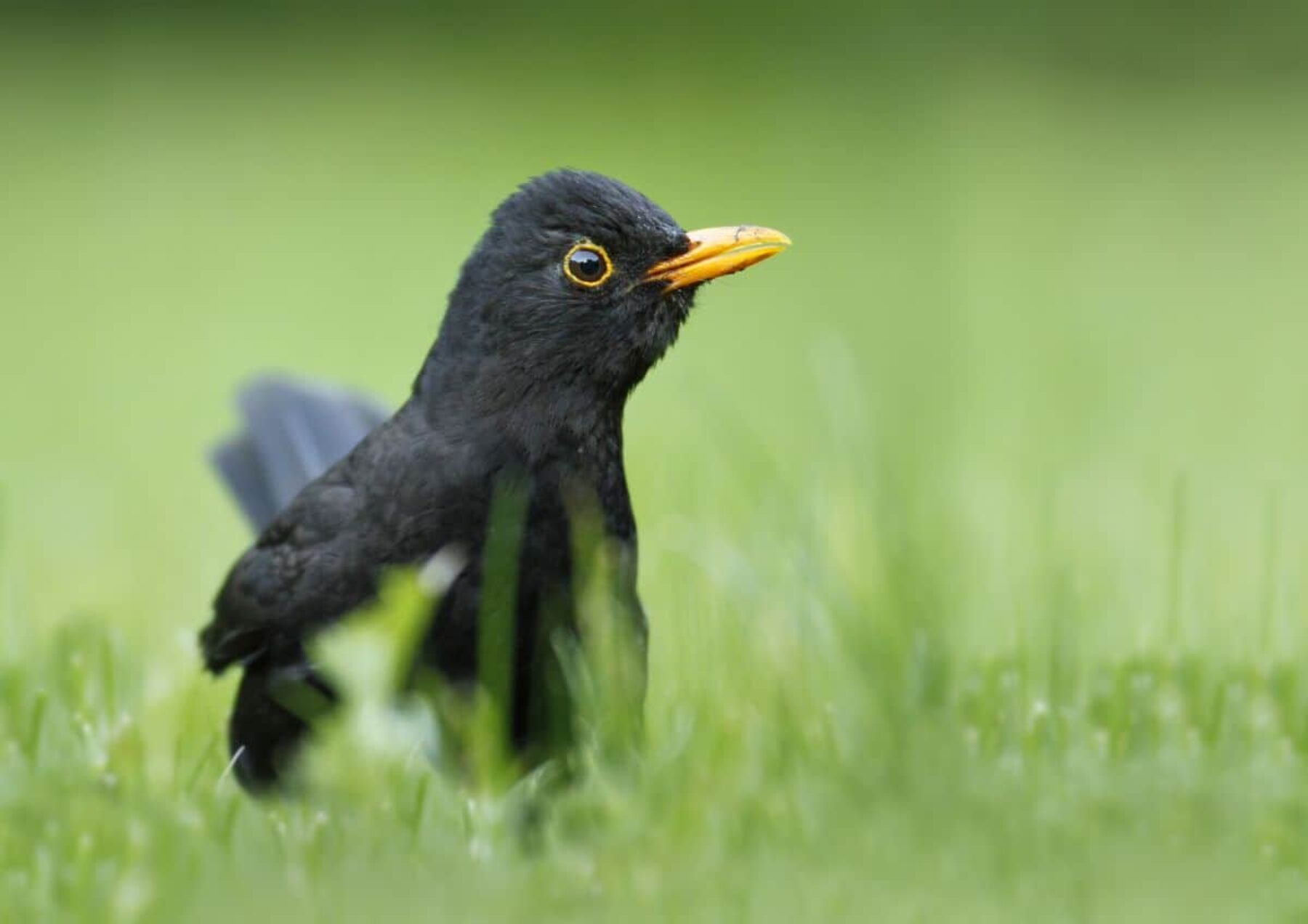Read on for ways to connect with wildlife and find some solace in nature during the Covid-19 outbreak
We may be living under lockdown conditions during the coronavirus pandemic, but outside spring has well and truly arrived. The Wildlife Trusts, a UK movement made up of 46 wildlife charities, has compiled a list of ways to tune into the season from your home.
“Spring has arrived in splendid colour and sound,” said Kirsty Paterson from The Wildlife Trusts. “Over the past few days, hundreds of people have told us that they’ve spotted their first butterflies. These are moments of connection with nature that people find uplifting and comforting.”
Below are 10 family-friendly nature activity suggestions. (There is a downloadable activity sheet for each one – just follow the link within each section.)

Stir up some to-hand ingredients and plaster your feeder of choice – whether a pine or a coconut shell – with the tempting mix. Hang it from a spot where you can watch the birds tuck in without disturbing them. Find out more here.
Image: Viggo Danielsen

Plywood boards – birch is ideal – can be used to create a “deluxe” hedgehog home, complete with cosy straw, grass or newspaper bedding, and soil and leaves packed around the outside. “Make sure the entrance tunnel faces south,” goes the advice. Get crafty by following the instructions here.
Image: Piotr Laskawski

A small box, rock, log and some compost are all you need to create a mini nature reserve, according to this tip. Once everything is in place, put the box somewhere like an old bench or near a wall and wait to see who moves in. Plants will hopefully take root and creatures set up home there. (Patience may be required).
Image: Alvin Engler

Do your bit for the feathered visitors to your garden or green space by cleaning your bird feeders regularly, advise wildlife experts. Lockdown is a good chance for a quick spruce-up using the tips here.
Image: George Berberich

No matter the size of your green space, you can do plenty to help the UK’s pollinators. Pack a window box with insect-friendly plants: lavender, agrimony and rosemary are great examples, or dedicate a border of your garden to the same sweet-smelling aim. More information is here.
Image: Paul Hanaoka

An old bucket or other watertight container is the basis of this no-nonsense tip designed to turn us into a water feature creation nation. Line the bottom with sand, add some rocks and native pondweed and fill with rainwater. Dive into the details here.

The list of items you can add to a home compost pile is as long as a day stuck inside with your family may sometimes feel. Strike out for the garden and create your very own heap in a shady spot where it will stay moist. Once you’re set up, fling in tea bags, raw fruit and veg peelings, grass cuttings, dead leaves, shredded paper, garden prunings and even waste cotton and wool. For more tips, including how not to rile your pile, click here.
Image: Markus Spiske

Turn your yoga session wild by following these wildlife-inspired poses. The starfish and even the one-legged heron might be self-explanatory, but the pine marten and adder? All is revealed at the link above.
Image: Pedro Lastra

Cut swooping bird shapes out of card and stick them in front of your windows to persuade winged visitors to avoid the glass. As well as serving as avian air traffic control, they will look nice flying in the breeze. More advice is here.
Image: Jim Summerson

It can be frustrating when we gardeners have our produce nibbled by wildlife, so why not pretend that was our intention all along? Large white and small white butterflies love cabbage, cauliflower and broccoli, thrushes are chuffed to see apples and pears, while hoverflies and other insects will thank you for providing carrot flowers and fennel flowers. More tips are here.
Image: Oriol Portell
For more advice from The Wildlife Trusts on how to maintain a connection with the natural world during the coronavirus outbreak, click here.
Main image: Jon Hawkins Surrey Hills Photography




